Students address dress code concerns
This story was originally published in the first edition of The Lion’s Tale (October 1, 2019).
From originating in 16th century London to affecting a majority of schools today, there’s no denying that dress code has evolved over the years. With a rather humble start in charity schools, this system of regulated dress has spread to most public schools across the United States, including Oviedo High School.
The dress code regulations set by the School Board for Seminole County Public Schools states that students’ clothing “shall not be extreme, to the point of creating a disturbance, or hazardous to self, others or school property.” Essentially, the SCPS dress code policy is designed to keep the learning environments across the county disciplined and “school appropriate” as to not distract students from academic activities.
However, fashion trends nowadays encourage more revealing clothing choices, which makes some students feel restricted in what they can wear to school. This dress code can’t necessarily be blamed on OHS, though. According to the principal of OHS, Dr. Trent Daniel, dress requirements are established by the District School Board, and that whatever policy the District forms is, “technically the policy for every school.”
Dr. Daniel also explained that the dress code isn’t necessarily a code anymore, but more a consideration for the situation students find themselves in.
“What’s appropriate to go out to the movies, or to the mall, or to a social engagement with your friends [in] is totally different,” Daniel said. “I think students don’t really know the difference.”
Overall, dress code violations aren’t a large issue at OHS, as the majority of teachers try to handle such incidents within their own classrooms, according to OHS dean of students Jason Maitland. Maitland also stated that those few who do receive violations are typically female.
“If you ran the numbers, probably females get asked or called out more,” Maitland said. “But I think that has more to do with just the style of clothes they wear.”
Prior to the existence of the current dress code, strict uniforms were used to regulate student dress. According to a BBC article on the origin of dress code, uniforms first appeared in “charity schools”, or organizations that educated and cared for “‘fatherless…and other poor children,’” in England. As migrating Europeans traveled to the United States, they decided to carry a form of regulated dress in school with them.
This original form of dress code changed to accommodate fluctuating fashion trends through the decades and eventually became less uniform-based. Because of this newfound clemency, many students took the opportunity to express their personal opinions through clothing. It wasn’t until the landmark United States Supreme Court Case of Tinker v. Des Moines Independent School District in 1969, that dress code became a concern amongst the student body. They wore black armbands as a protest to the U.S. involvement in the Vietnam War; however the school administration found it to be problematic, and threatened to suspend any students who participated in the protest. Regardless of this threat, Mary Beth, John Tinker and Christopher Eckhardt persisted with the protest, wore their armbands to school and were promptly sent home. The students felt that their first amendment right to freedom of expression was violated and proceeded to sue their school. With their lawsuit, they prompted the Supreme Court to make the decision that a student’s right to free speech would be protected at school.
Although dress code can understandably irritate some students, it’s important to understand that regulated dress in schools has come a long way. High school students today have the right to self-expression through their clothing and usually get to wear whatever is most comfortable for them as long as it isn’t outrageously revealing. Sophomore Kendall Gallagher expressed that the current dress code is “good” and allows students some freedom.
“People come to school, they’re wearing stuff that’s cute, and they’re comfortable in it,” said Gallagher.
Essentially, dress code is no longer a code but rather a regulation that ensures the safety and comfort of the entire student body.
Your donation will support the student journalists of Oviedo High School. Your contribution will allow us to purchase equipment and cover our annual website hosting and printing costs. Thank you!

![Prom king Colin Napier and queen Leah Hopkins dance the night away during the Golden Gala on April 26th. Prior to the prom, the Student Government must make many preparations over the course of months in order to ensure it goes off without a hitch. However, their work eventually pays off when it comes time for the dance. “We set up [the prom] the day before, and it’s horrible. We’re there for a very long time, and then we get our beauty sleep, and then we get ready for prom the next day,” Aubrie Sandifer said.](https://oviedojournalism.com/wp-content/uploads/2025/05/Oviedo-197-800x1200.jpg)




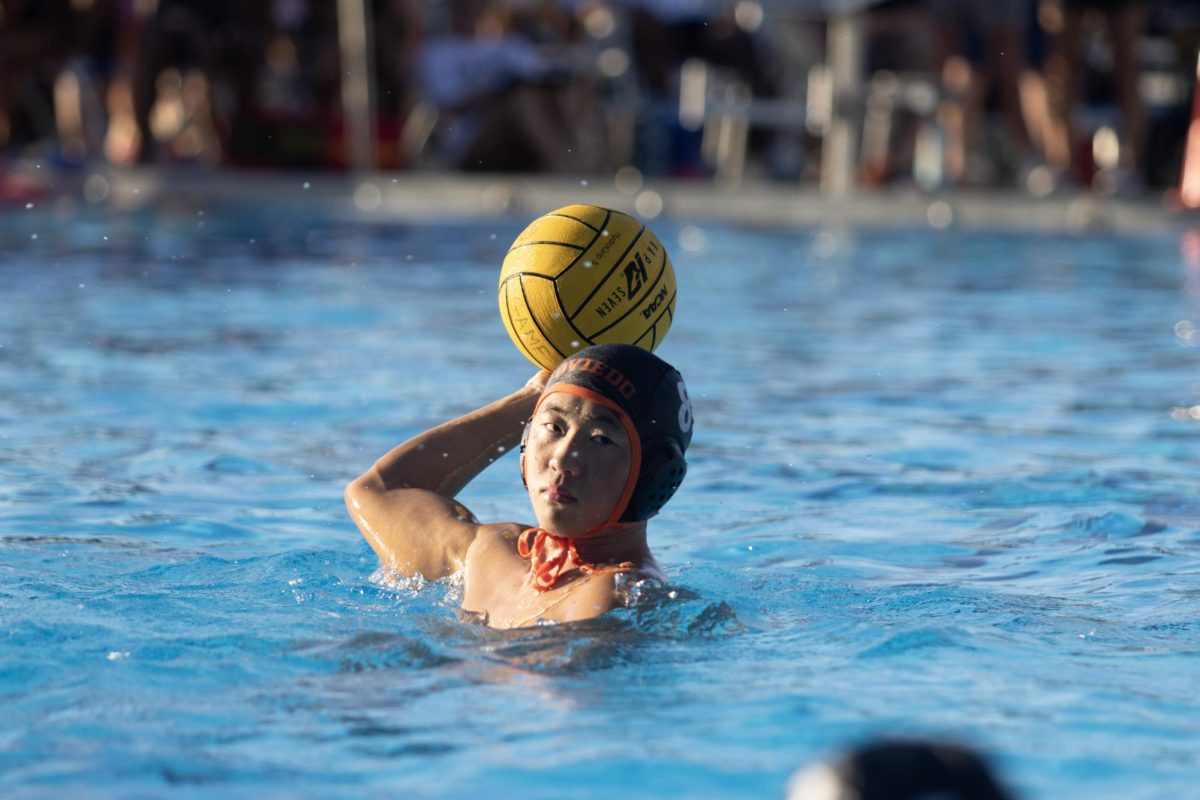

![Hopkins at Honor Grad with golf coach John McKernan. As Hopkins’ golf coach for the last two years he has seen Hopkins’ growth as a player and person along with their contributions to the team. “[Hopkins] has just been really helpful since I took [the golf team] over, just anything I wanted to do I ran by [Hopkins],” said McKernan.](https://oviedojournalism.com/wp-content/uploads/2025/05/B66A7760-800x1200.jpg)


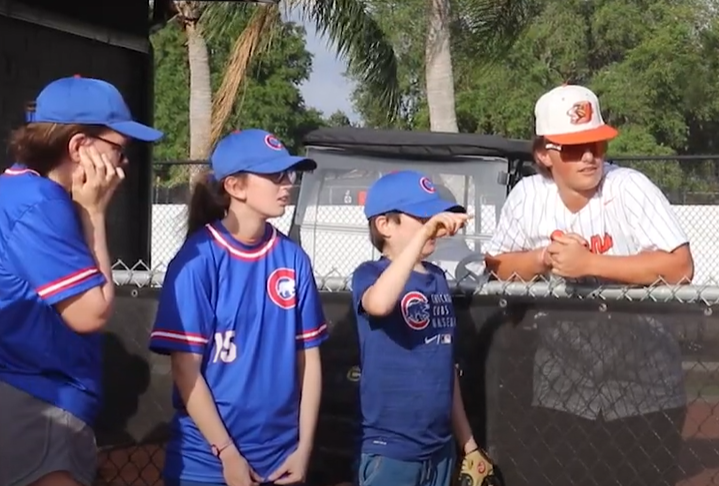
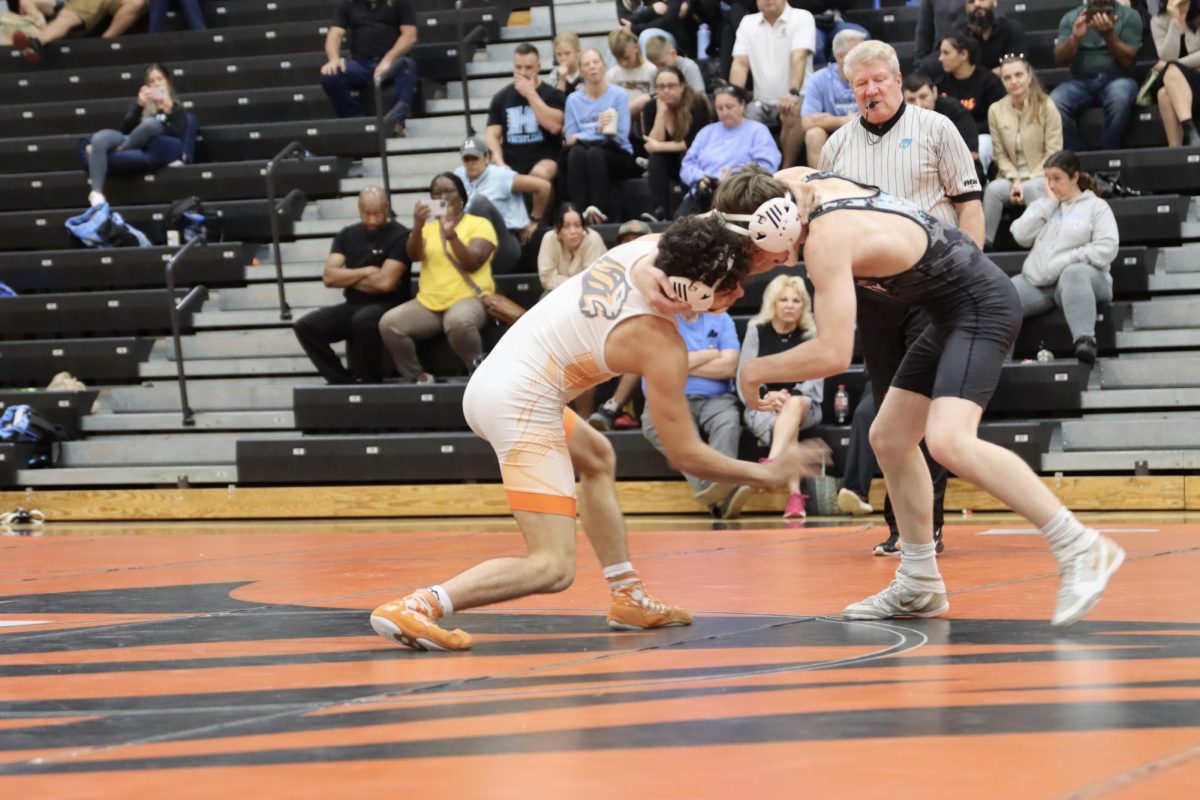









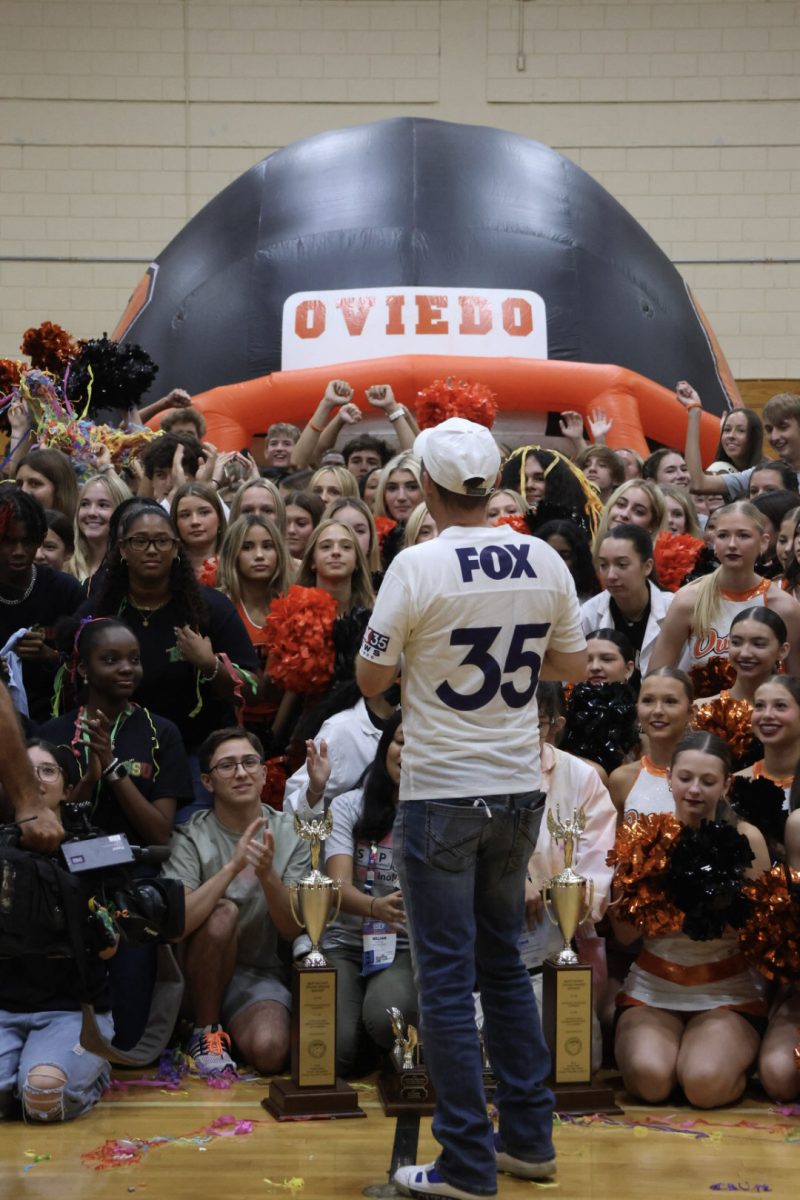
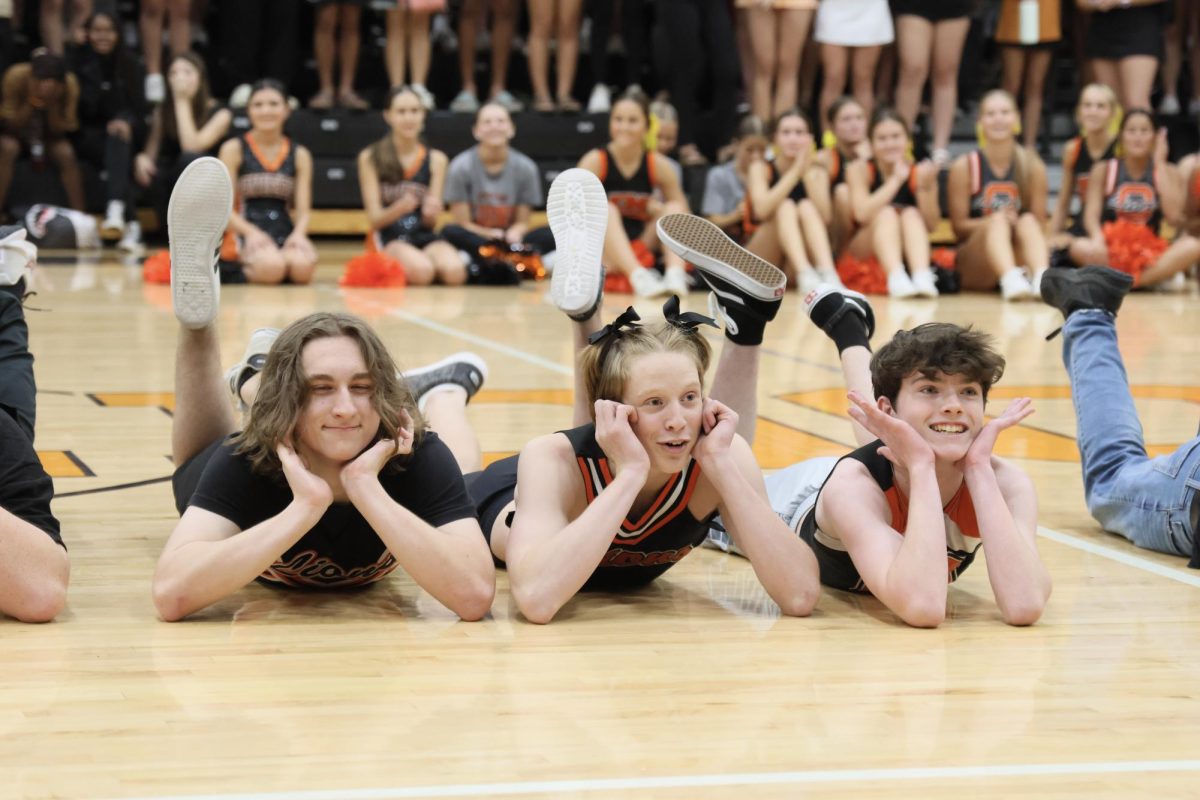

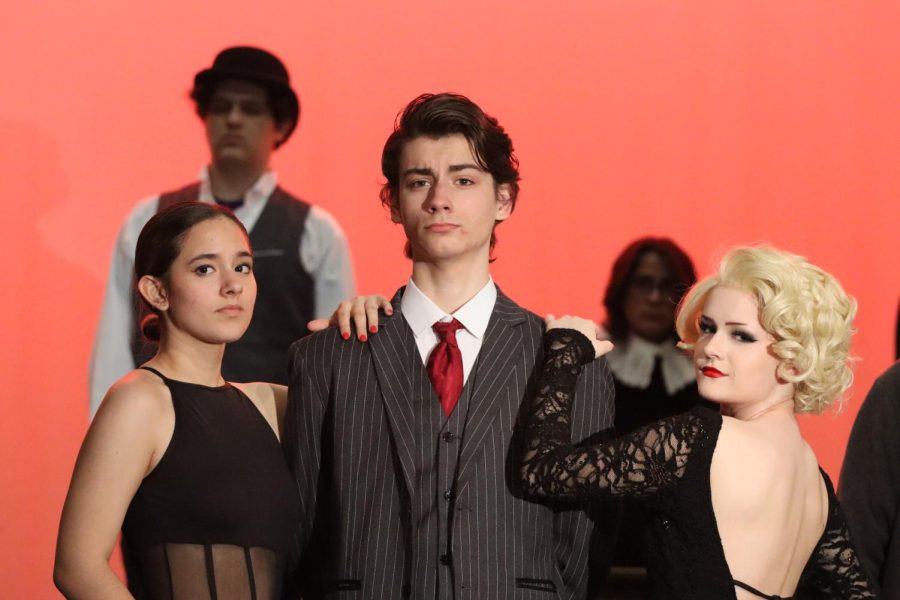
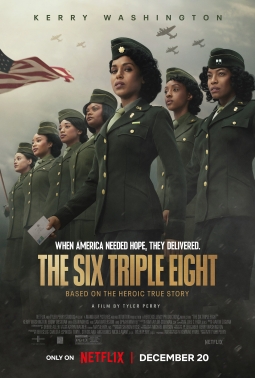








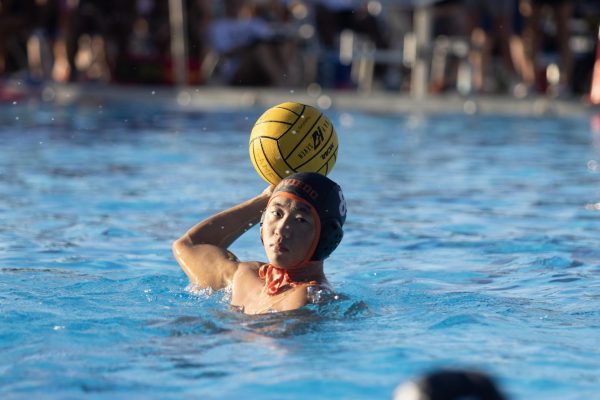

![Prom king Colin Napier and queen Leah Hopkins dance the night away during the Golden Gala on April 26th. Prior to the prom, the Student Government must make many preparations over the course of months in order to ensure it goes off without a hitch. However, their work eventually pays off when it comes time for the dance. “We set up [the prom] the day before, and it’s horrible. We’re there for a very long time, and then we get our beauty sleep, and then we get ready for prom the next day,” Aubrie Sandifer said.](https://oviedojournalism.com/wp-content/uploads/2025/05/Oviedo-197-400x600.jpg)
![Hopkins at Honor Grad with golf coach John McKernan. As Hopkins’ golf coach for the last two years he has seen Hopkins’ growth as a player and person along with their contributions to the team. “[Hopkins] has just been really helpful since I took [the golf team] over, just anything I wanted to do I ran by [Hopkins],” said McKernan.](https://oviedojournalism.com/wp-content/uploads/2025/05/B66A7760-400x600.jpg)
